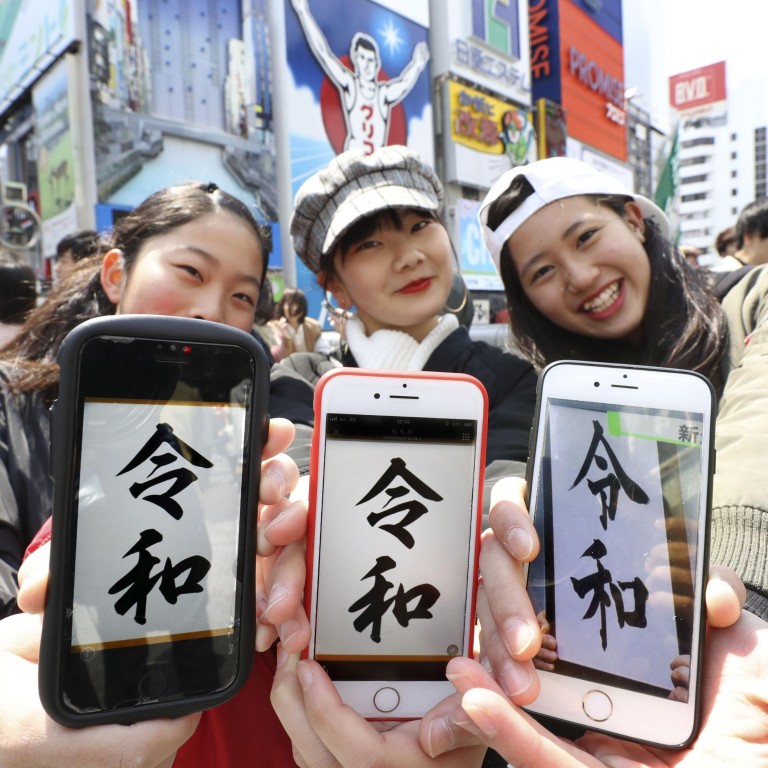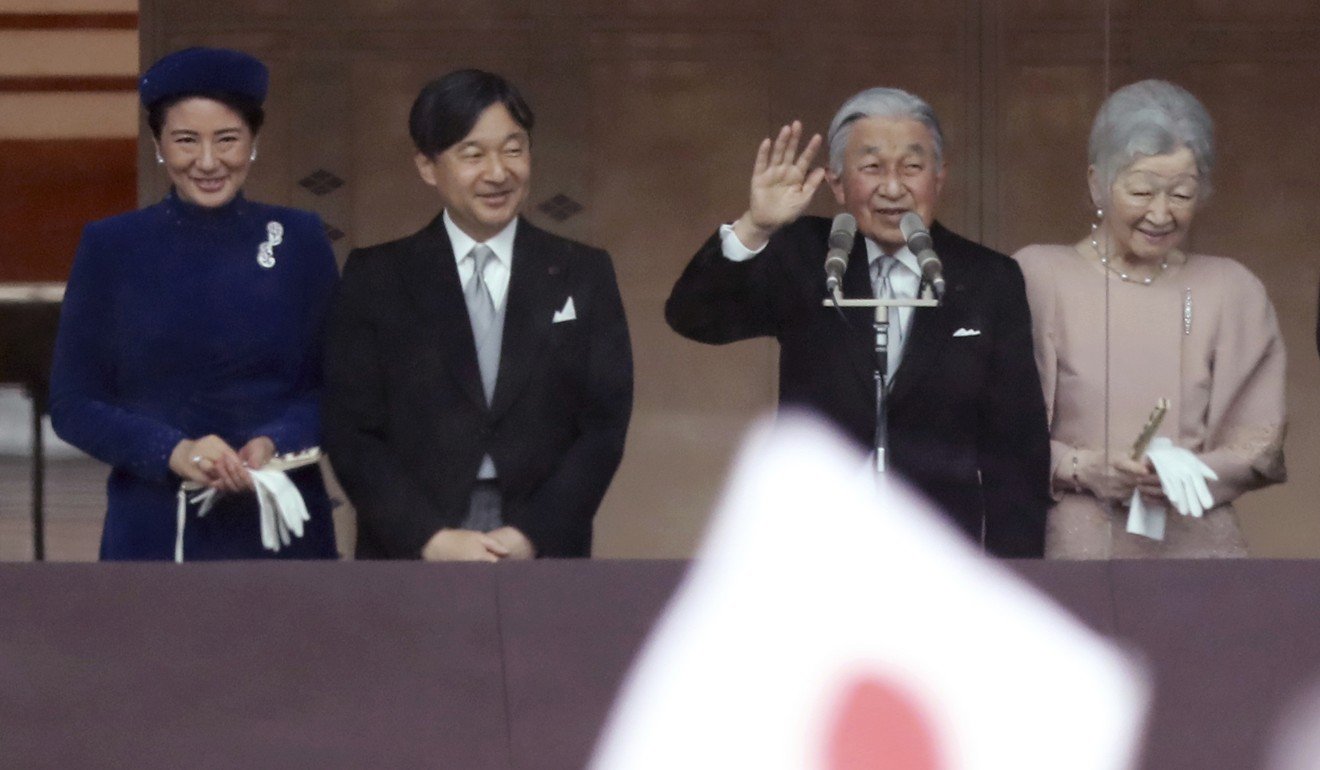
Does Japan’s Reiwa era promise a new economic dawn even as China rises?
- The Heisei era under Emperor Akihito was blighted by decades of economic stagnation. As the country enters the Reiwa era under Naruhito, there are encouraging signs that Japan has found a new regional role
It all starts with the meticulous choice of the name, Reiwa, generally translated as “beautiful or auspicious harmony”. Behind the blandness of a phrase, there are radical hints. There have been 247 era names since the practice originated in 645AD, and this is the very first time “rei” has been used. For the conservative Japanese, this is a big deal.
An even bigger deal, and undoubtedly a source of huge patriotic pride, is the fact that Reiwa is the first era name not to be drawn from Chinese literature, but instead from Japanese literature – from the Manyoshu collection of poems written more than 13 centuries ago.
Shinzo Abe, a fierce patriot, called Reiwa “a truly refreshing name that opens the door to a bright era”. But this is perhaps where the radical connotations end, because the careful selection of the new era name reminds everyone of the proud conservatism of Japan, at once one of its greatest strengths and also harbouring the potential to be a deep weakness.
Recent imperial-era names have burdened Japan with challenging memories. From a high point at the end of the four-decade Meiji era in 1912, we have the 14-year Taisho era that saw the descent from liberalism to populism and militarism.
The 63-year Showa era of Emperor Hirohito saw the rush to rebuild, the awful militarism leading to the second world war and the ignominious defeat that followed, and the subsequent rebuilding towards “Japan as No 1” which came to grief in the 1989 crash.

While Japan’s dynastic family has, like its British counterpart, been stripped of most of its powers, nowadays performing mainly ceremonial roles, the iconic importance of the imperial family remains strong.
Crown Prince Naruhito, who ascends as emperor on May 1 and will be formally enthroned on October 22, has established a refreshingly modernising persona. Degrees in history at Tokyo’s Gakushuin University were followed by two years in the 1980s at Merton College Oxford, where he specialised in transport history. He may not quite have become a man of the people, but certainly had his eyes opened to the world. He was impressed by the relaxed ways of the British royal family, and quite shocked that the Queen poured her own tea and served the sandwiches.
But if the Reiwa era is going to carry Japan into the 21st century, and help the Abe government lift the country out of the zombie years, then more may be expected than serving his own sandwiches.

Over the past year, my visits to Japan have revealed encouraging stirrings, and they are not just linked with hosting the Rugby World Cup this summer and the Olympics next year.
Reiwa’s “auspicious harmony” defines a commitment to change, however cautious, and a sense of strength and comfort in the deep traditions of the country – a community that is at ease with itself. As Tama University’s Brad Gosserman recently commented: “Japanese have surveyed the world and decided that they are comfortable with ‘the devil they know’.” Soon the Heisei era will be gone. Long live Reiwa.
David Dodwell researches and writes about global, regional and Hong Kong challenges from a Hong Kong point of view

